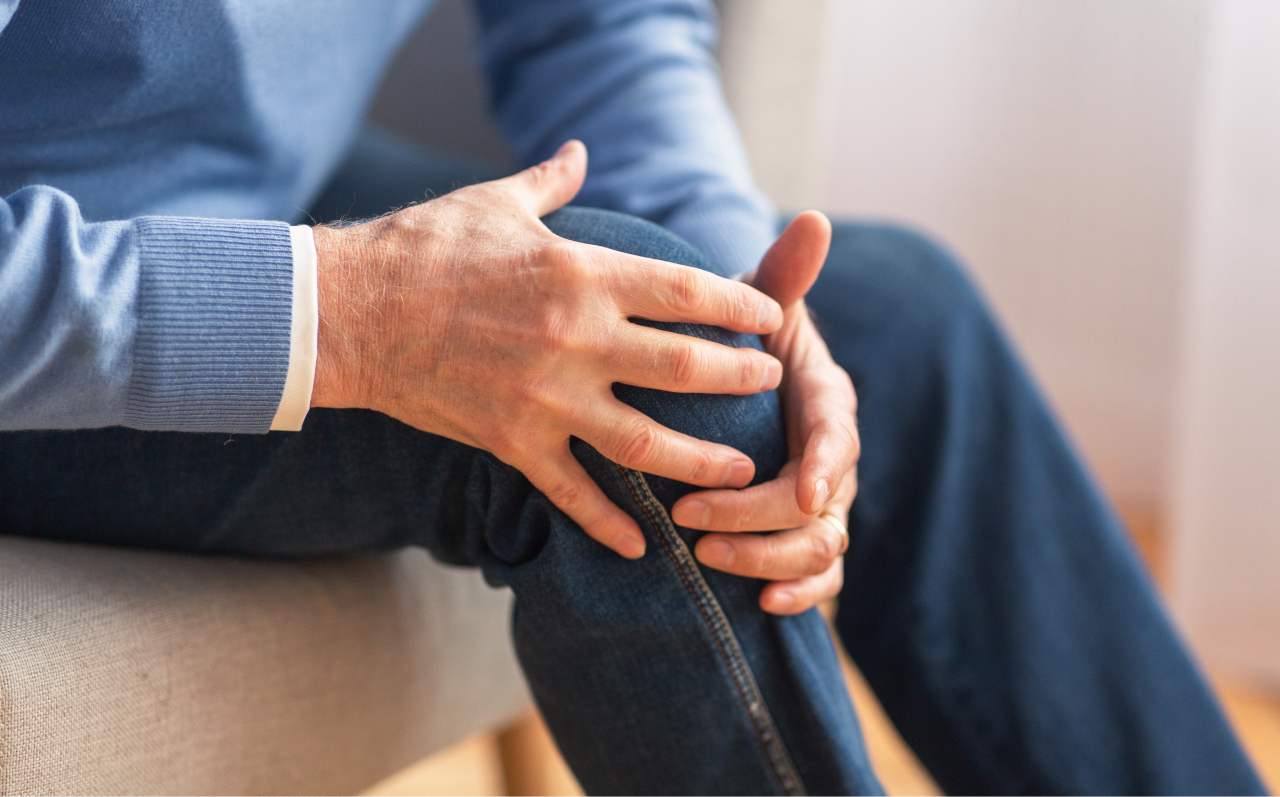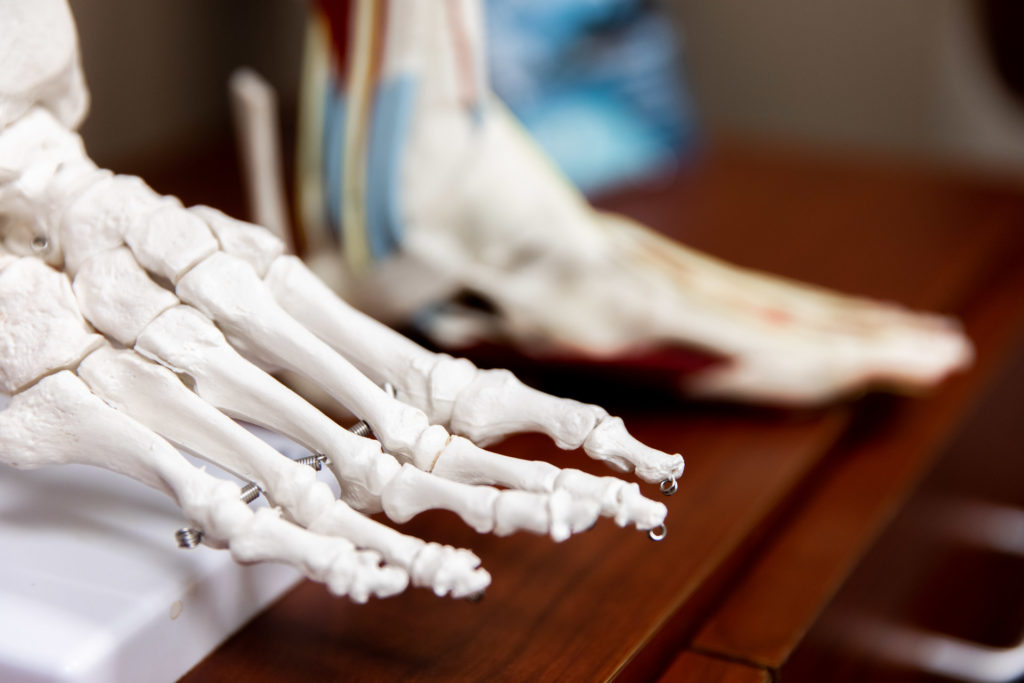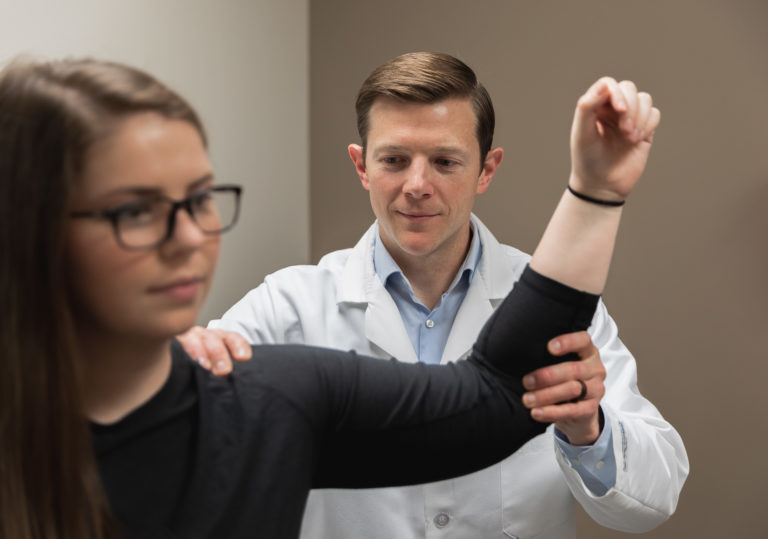
 February is American Heart Month, and for matters of heart health, we encourage people to think about safely increasing cardiovascular activities such as walking, jogging or running. To keep your knees healthy as you work to improve and maintain heart health, we’d like to share some information on chondromalacia patellae, a common injury also known as “runner’s knee.”
February is American Heart Month, and for matters of heart health, we encourage people to think about safely increasing cardiovascular activities such as walking, jogging or running. To keep your knees healthy as you work to improve and maintain heart health, we’d like to share some information on chondromalacia patellae, a common injury also known as “runner’s knee.”
What causes chondromalacia patellae?
Chondromalacia is a condition whereby joint cartilage becomes soft and weak. It can happen with any joint, but it is most commonly seen in the cartilage under the kneecap (patella) and is common for those who run or perform other activities that can stress the knee.
Essentially, the cartilage that cushions the joint starts to soften, deteriorate and wear down, or possibly erode away entirely. Without the protection of healthy cartilage, the bones inside the joint will rub or grind painfully against each other.
Chondromalacia patellae is generally a result of overuse or injury to the knee. Therefore, we most commonly see it in athletes, people with arthritis, and people whose work requires kneeling for extended periods of time. Some studies suggest women are more likely than men to develop chondromalacia.
What are the symptoms of chondromalacia?
The primary complaint with chondromalacia is a dull ache or pain in the knee, often felt in the front of the knee and behind the kneecap. The pain may worsen when using the stairs, kneeling or squatting, walking downhill, or standing up after sitting for a long time. There may be mild swelling, a grinding sensation, or a creaking or popping sound, especially if the knee is flexed repeatedly.
What are the treatment options for chondromalacia?
In most cases, our initial recommendation is conservative (nonsurgical) treatment, along with lots of rest for the knee and avoiding activities that cause pain. Other nonsurgical treatment options include:
- Applying ice/cold pack to the joint several times a day for pain or swelling
- Taking nonsteroidal anti-inflammatory medications, such as ibuprofen, naproxen or aspirin
- Doing low-impact exercises or physical therapy to help with muscle balance and to strengthen and stretch the muscles around the knee
- Using a brace or knee tape to correctly align the kneecap
- Arch supports or shoe inserts for flat feet, to put less pressure on the knees
If nonsurgical methods don’t solve the problem, arthroscopy may be recommended to examine the joint and cartilage, and to check for misalignment. Arthroscopy is a minimally invasive procedure that involves inserting instruments through small incisions near the knee to see inside the joint, make a more informed diagnosis, and perform surgery as needed. Damaged cartilage can be removed, and the alignment of the kneecap can be corrected, sometimes through the surgical release of tight tendons or ligaments for better freedom of movement.
Can chondromalacia be prevented?
Stay aware of any knee discomfort that you notice and try to prevent an injury before it happens. Here are a few recommendations that may help you avoid overuse of your joints and the development of chondromalacia patellae:
- Avoid repeated stress on the knees
- Before exercise, warm up and gently stretch for a few minutes
- Wear protective kneepads if you kneel often on hard surfaces
- Work on strengthening the muscles around the knee area
- Aim for a healthy weight to achieve less pressure on your joints
- Choose comfortable shoes that fit correctly and provide proper support
You may also find these blogs helpful about similar injuries and how to prevent them:
- Three Common Types of Foot Pain in Runners (and how to prevent them)
- Common Leg and Knee Injuries that Occur at Home, at Work and at Play
- Five Tips to Preventing Running Injuries
Regardless of the type of injury — whether it is a sports injury, on-the-job injury or another type of orthopedic condition — it is important to seek care as soon as possible to avoid permanent damage or loss of function. Physicians who specialize in treating leg and knee injuries at Dickson-Diveley Orthopaedics include:
- Stanley A. Bowling, M.D.
- Lan Fotopoulos, M.D.
- Robert C. Gardiner, M.D.
- Danny M. Gurba, M.D.
- James P. Halloran, M.D.
- Lowry Jones, Jr., M.D.
- Steven T. Joyce, M.D.
- Thomas P. Phillips, M.D.
- Charles E. Rhoades, M.D.
- Fermin J. Santos, M.D.
- Thomas L. Shriwise, M.D.
- Nicholas T. Ting, M.D.
- Scott A. Wingerter, M.D., Ph.D.
If you are suffering from knee pain and would like more information or expert recommendations on treatment, call us for an appointment at 913-319-7600.
***
The medical information contained in the Dickson-Diveley Orthopaedics website is provided to increase your knowledge and understanding of orthopedic conditions. This information should not be interpreted as a recommendation for a specific medical or surgical treatment plan. As each patient may have specific symptoms or associated problems, the treatment regimen for a specific patient may not be the proper treatment for another.
Gaining knowledge and understanding of a particular problem or condition is the first step in any medical treatment plan. We believe the information presented on our website will be helpful for those individuals experiencing hand and wrist diseases, injuries, or other related problems. However, this information is not intended to replace the advice of your family physician. You are encouraged to consult with your physician to discuss any course of treatment presented or suggested.


